Anyone who comes to Eisenach will deal with Martin Luther here at the latest. In the old town stands the Luther House, where a cultural history museum today recalls Luther’s life.
The Luther House is not only one of the oldest preserved half-timbered houses in Eisenach. Luther is also said to have lived here with the Cotta family.
Who was Martin Luther?
Martin Luther was born in Eisleben in 1483. The Augustinian monk and professor of theology became known and for history as a reformer of the church in Germany. He wanted to eliminate what he saw as an aberration in the Roman Catholic Church, to reform it and show it in its original form. Even though it was not his intention, he thus laid the foundation for the division of the church, from which several denominations emerged.
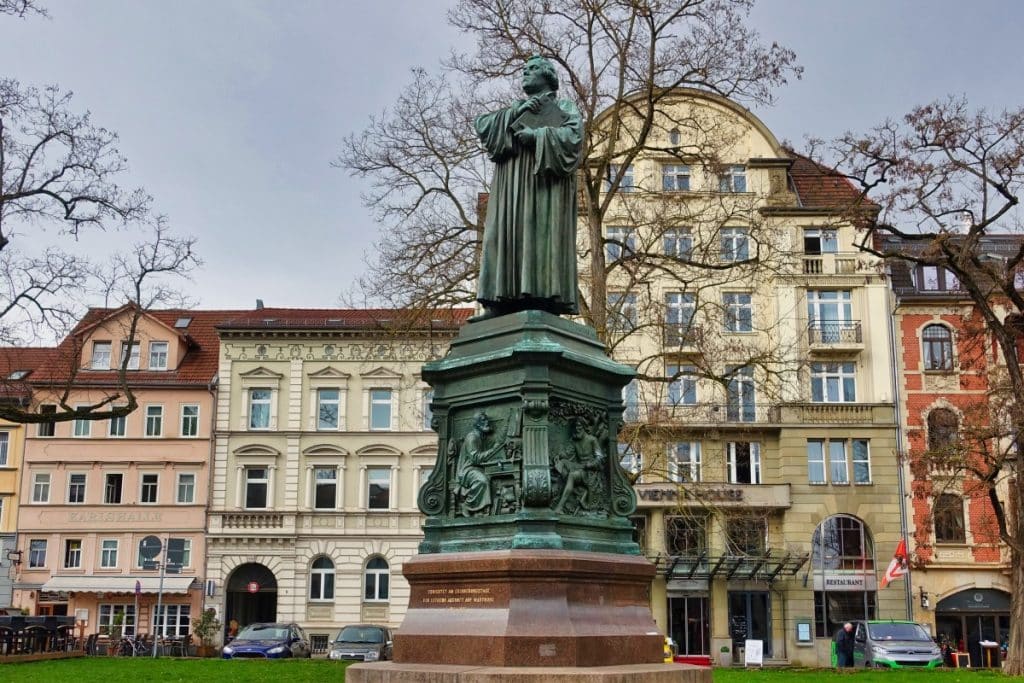
“Famous” Martin Luther became for translating the New Testament into New High German.
How Luther came to Eisenach
Martin Luther spent his school years at the Mansfeld Latin School and the Magdeburg Cathedral School. In 1498, he moved to Eisenach to live with his mother’s relatives. In order to earn something to support himself, he went from house to house as a singer. According to stories, he met the councilwoman Cotta, who had a lot of influence and property in Eisenach. This included today’s Luther House, where he found temporary accommodation.
In the parish school St.Georg Luther was taught at this time. He expanded his spiritual experiences in the Collegium schalbense, for example, a group that had close ties to the Franciscans.
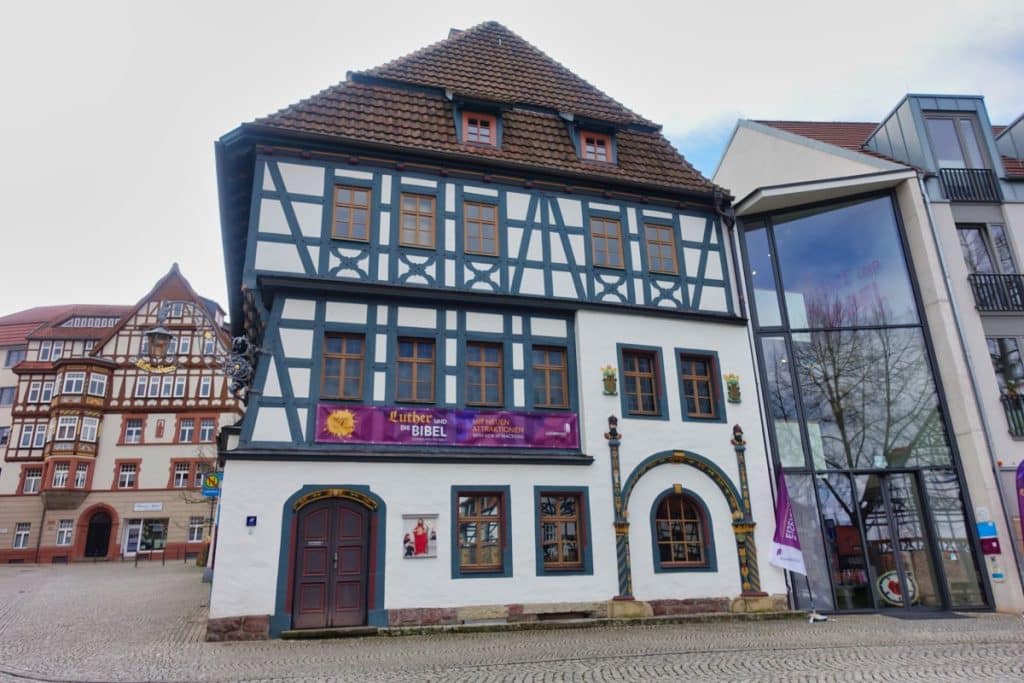
Martin Luther came back to Eisenach several times during his life. During a brief visit in April 1521, for example, he preached a sermon in the Georgenkirche. Later that year, he was taken to Wartburg Castle and held “prisoner” there for his own safety.
In December 1521, he began translating the entire New Testament from Greek into “German” in just eleven weeks. At that time, there was no standard German language, so Luther chose the Saxon chancery language for his translation. This was frequently used in diplomatic correspondence and was therefore relatively widespread.
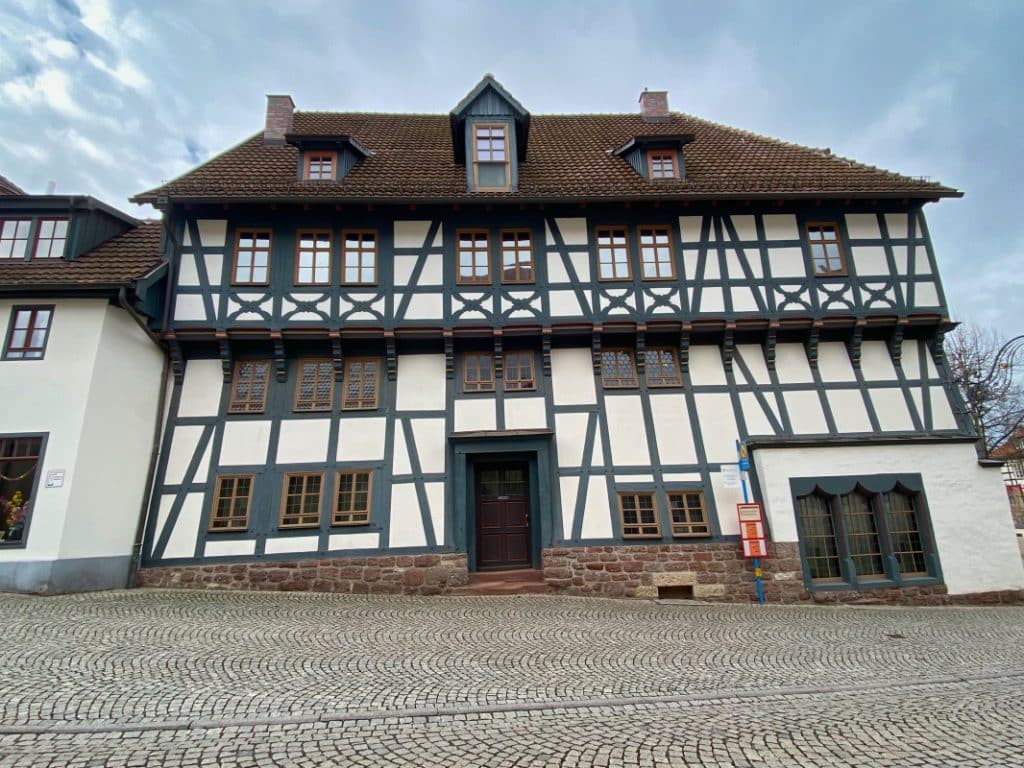
At the beginning of March 1522, Luther left Eisenach and traveled to Wittenberg. He returned to the city twice more, meeting with acquaintances and holding intensive discussions about religion. During his last stay in 1540, he preached in the Franciscan Church.
In February 1546, Martin Luther died in Eisleben, the town of his birth.
The Luther House in Eisenach
Extensive investigations into the history of the building have shown that a smaller predecessor of today’s Luther House must have existed as early as 1269. This has proven that this house is one of the oldest half-timbered houses in Eisenach. Around 1356, the owner at that time expanded the house.
When exactly the Cotta family became the owner of the house is no longer clear today. However, it is certain that it must have been around 1500 and that Martin Luther also lived there at that time.
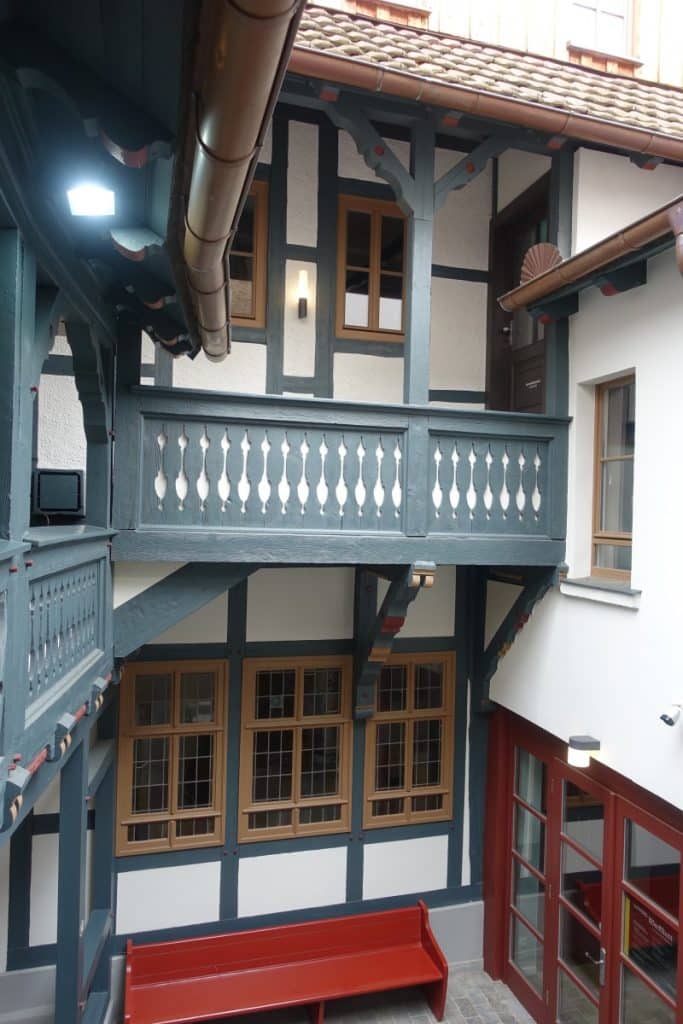
Not only did structural measures change the building over the years, but the various owners also left their mark. For example, the building temporarily housed a tavern, whose enterprising owner was happy to show his guests the historic Luther parlors in the building in exchange for an entrance fee. Of course, he assured that the most famous inhabitant of the house had lived and worked there.
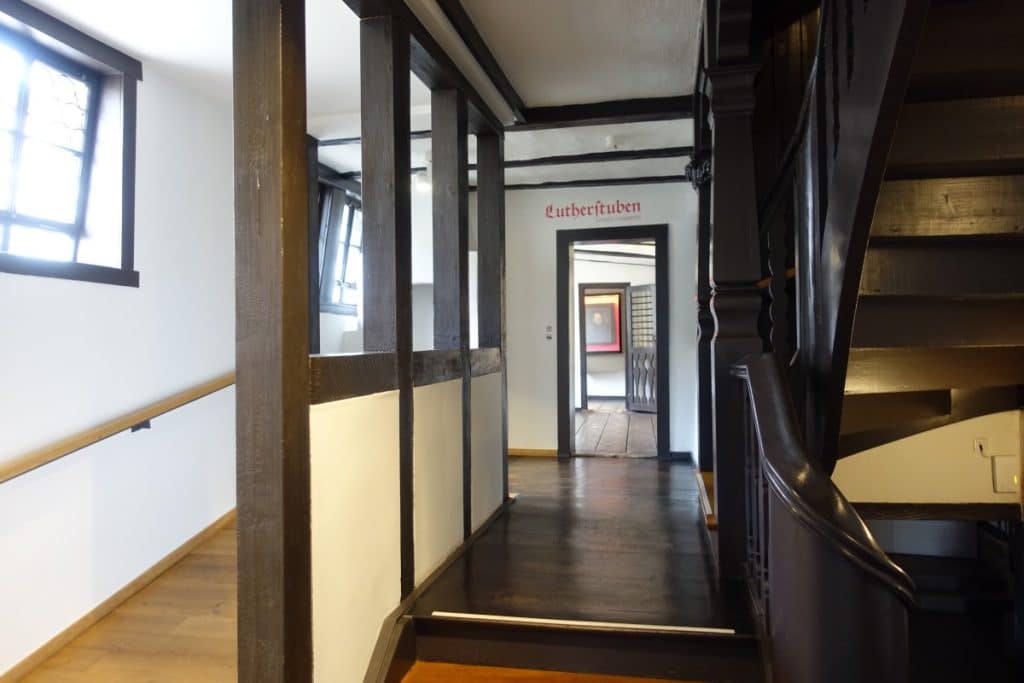
Fortunately, the Second World War left only little damage to the Luther House in Eisenach, which could be repaired quite quickly. A family then ran the Lutherkeller restaurant there until 1953. From 1955, the Evangelical Lutheran Church in Thuringia used the building and established a Luther memorial. A place was created that was not only a museum, but also a memorial.
Since 2013, the “Lutherstadt Eisenach Foundation” has existed, which after some modernization work has designed a modern museum that meets international museum standards.
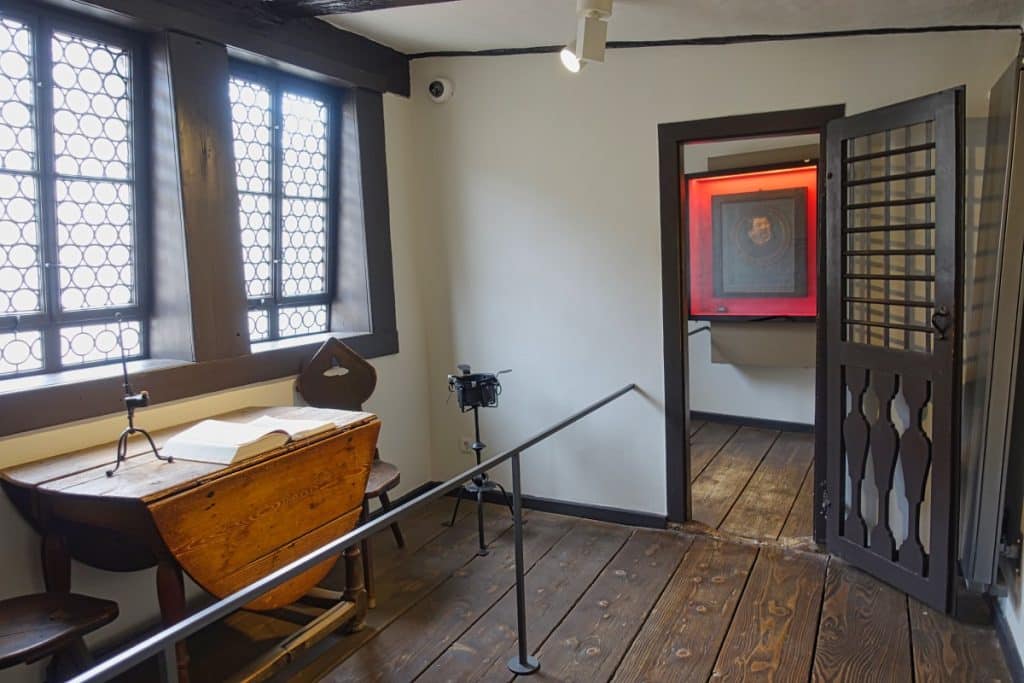
Visit to the permanent exhibition “Luther and the Bible
An informative multimedia exhibition spans three floors, and I was thrilled by it.
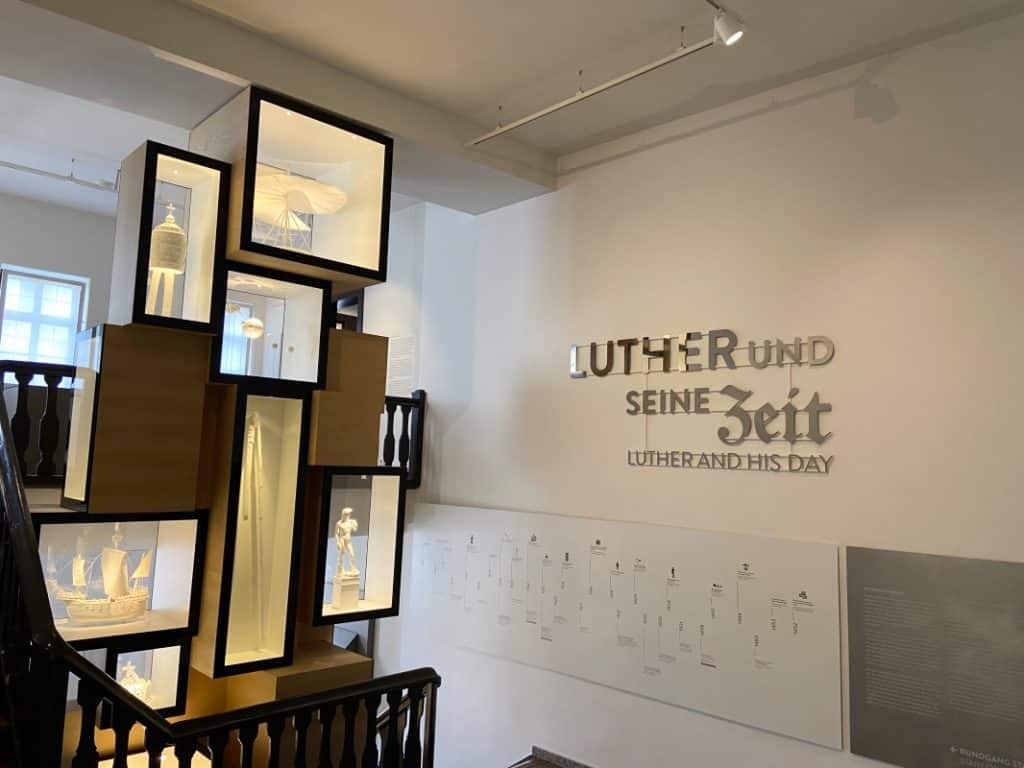
The first floor, for example, focuses on Luther’s school days in Eisenach. I found it very interesting how Luther found his way into the faith and as a monk and how his reformatory views developed.
Martin Luther became famous for his translation of the Bible. Very vividly, the Luther House in Eisenach shows the difficulties and challenges of the work. For example, Luther had to “invent” some words, as there was no real translation for them.
On the mezzanine floor of the house are the historic Luther parlors, which visitors can tour.
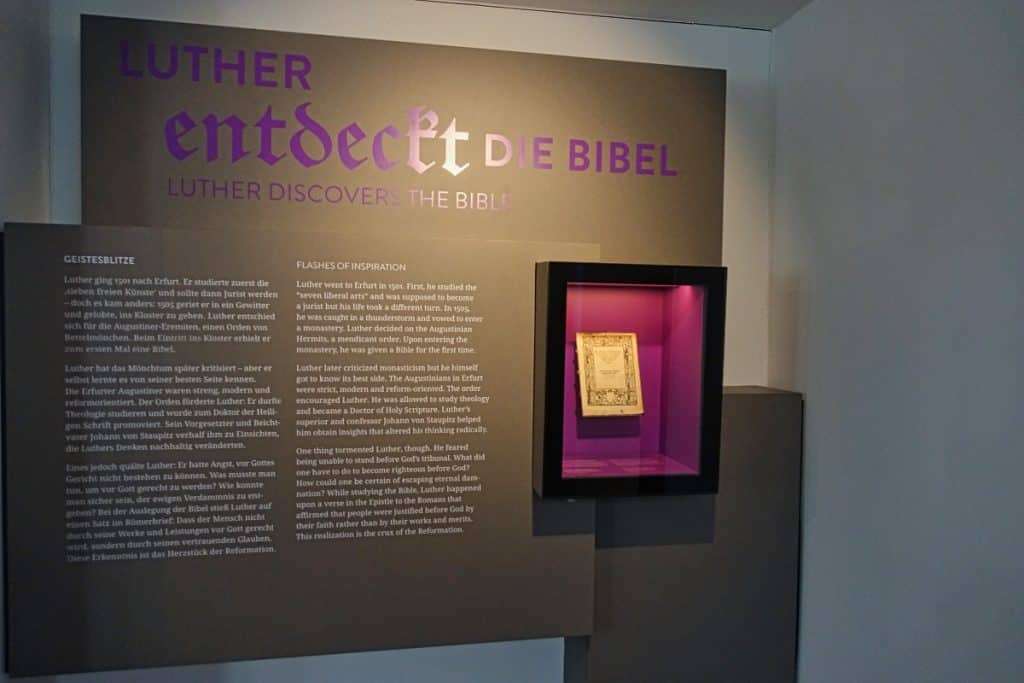
The upper floor of the exhibition presents examples of how Luther influenced the world with his translation of the Bible and his intended reform of the church for many years after his death. The focus is not only on the positive developments, but also on the influences that affected the lives of millions of Jews, for example.
I found one media station particularly interesting, where quotes from the Bible were compared with the identical passage from “other” Bibles. Thus, various influences from politics and also faith have given rise to numerous interpretations that have adapted the content to interests and ideologies.
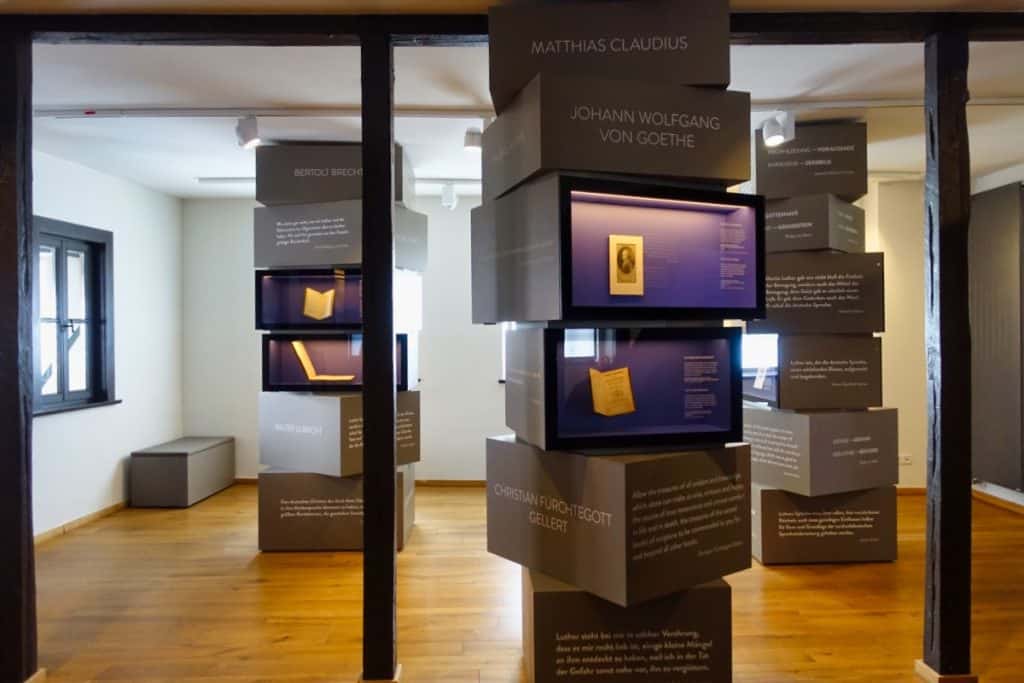
A view of the inner courtyard
Through a door, the visitor enters a small courtyard. Here stands a sculpture by the artist Ai Weiwei called “man in a cube”.
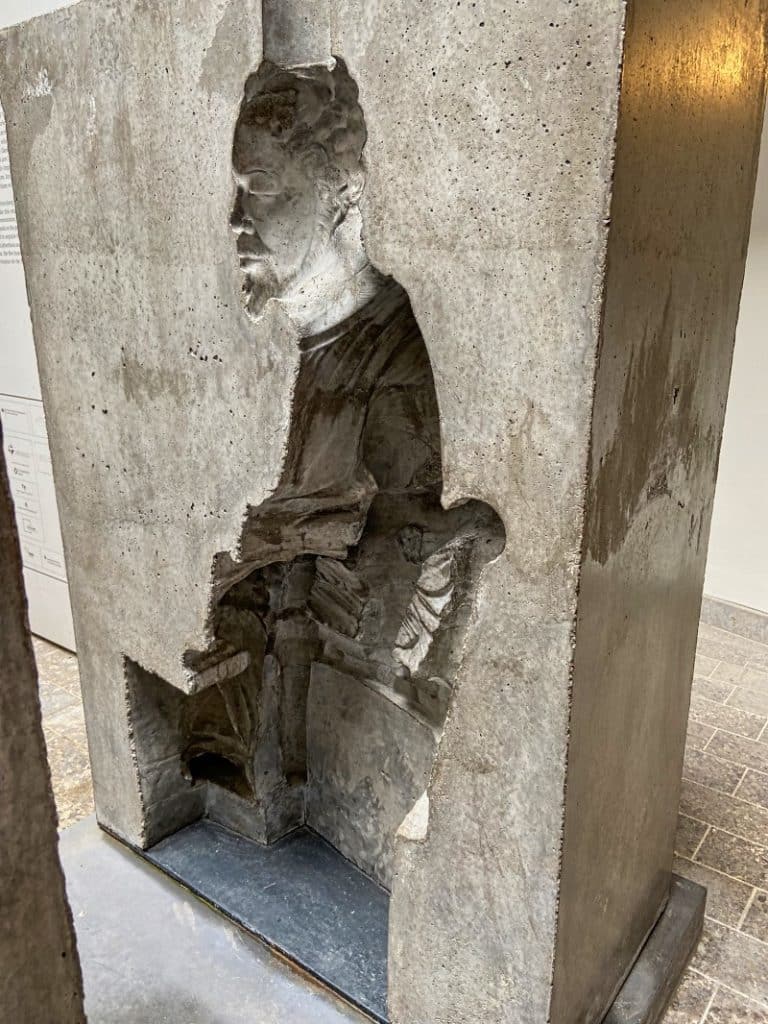
The artist created this work in 2017 and since 2020 it has stood permanently in the museum’s courtyard. The Chinese artist processes here the experience of uncertainty and isolation after his arrest by the Chinese authorities.
A staircase leads to an arcade with a beautiful view of the courtyard.
Special exhibition
During my visit to the Luther House in Eisenach, I was able to see the exhibition “Exploration and Elimination. The Church ‘De-Jewification Institute’ 1939-1945”. This deals in an extra room with the background, the work and the aftermath of the “Institute for Research and Elimination of Jewish Influence on German Church Life”. This institute existed 1939 -1945 in Eisenach.
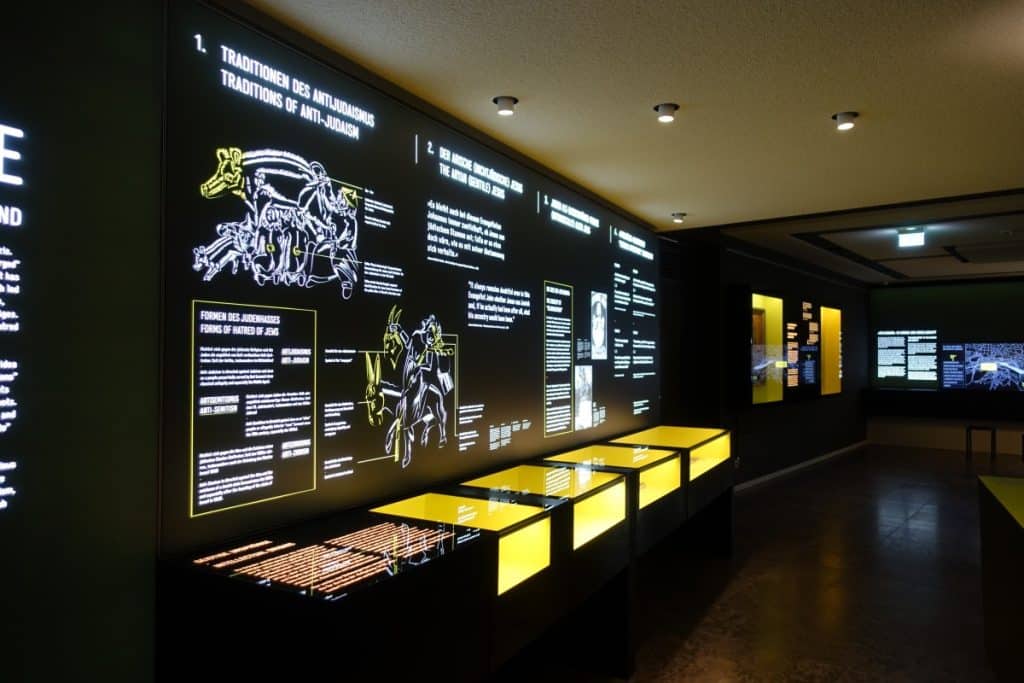
The very informative exhibition sheds light on the historical-political background and intellectual roots of the institute. The consequences and the arduous path to historical reappraisal are also not forgotten.
Address:
Lutherplatz 8
99817 Eisenach
Opening hours:
Tuesday – Sunday, Holidays: 10-17h
closed: Monday, 24.12. – 31.1.
Entrance fees:
Permanent and special exhibition
Adults: 10,-
Permanent exhibition
Adults: 8,-
Discounts are offered.
The visit to the Luther House in Eisenach was an item on the agenda of a press trip to Thuringia.
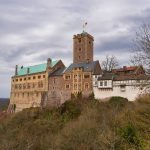
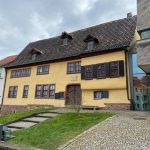
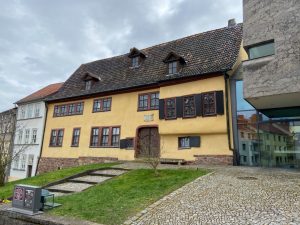
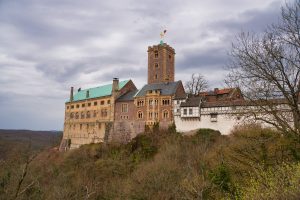
Leave a Reply